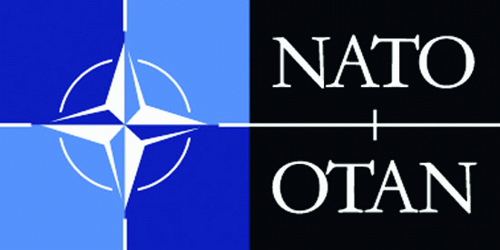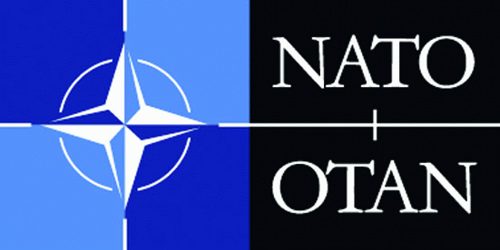On the other side of the pond, the unilateralist character of US foreign and defense policy under George W. Bush led some Europeans to favor using integration in the European Union to “balance” US power in the international system.
This multi-polar temptation, like the US unilateral temptation, threatened trans-Atlantic cooperation and therefore international stability.
The failure of the EU Constitution to win approval and the passage instead of the more modest “Reform Treaty” last December put an end, at least for now, to such talk.
Perhaps now it would be more appropriate to talk about a “multi-player” international system, in which the European Union is an important player in many policy areas. Advocating a “multi-polar” system implies competition, shifting alliances and balance of power politics—a system that would serve neither American nor European interests. The European Union is already an important participant in a multi-player world. A continuing trend back toward a position of a “pillar” in the transatlantic relationship and away from “polar” pretensions would augur well for both the United States and Europe. For the next period of history, the European Union will neither be transformed into a United States of Europe nor fall apart at the seams.
Someday, the members of the European Union may decide to create a unitary political state but, until that day, the member states will retain ultimate control over their foreign and defense policies. The basic transatlantic bargain will not be forced to react to revolutionary developments in the process of European integration. The prospect that cooperation at the European level will enhance the transatlantic relationship, rather than compete with it, has brightened considerably.
A key question about ESDP and NATO remains that of what additional military responsibilities the European allies are capable of taking on in the near future. According to Michael Quinlan, one should be encouraged by the fact that “most European countries now accept that their forces should in the future be configured, equipped, trained, and available much more than before for expeditionary or similar use, in support of international order, rather than for direct homeland defense against massive aggression.” It seems unlikely, however, that the European allies will find substantially more resources to devote to defense. The question, therefore, is whether they will find ways to make current levels of spending more effective.
The return of France to full participation in the alliance helps make the point that European integration and transatlantic cooperation can and should be compatible and mutually reinforcing. The tactics of European and US policymakers down the road may occasionally lead to further bouts of NATO-EU competition, particularly as central and Eastern European states try to adjust to the demands of membership in both organizations. The challenge will be to keep the competitive instincts of policymakers on both sides of the Atlantic under control in the interest of NATO-EU convergence. Management of the issue will therefore be a continuing challenge for US and European officials for many years to come.
This tension between Atlanticist and Euro-centric perspectives in the alliance has perhaps been the biggest threat to the viability of the transatlantic bargain. However, acceptance of the fact that American and European values and interests create a unique sense of community has spread, in spite of a minority of noisy naysayers on both sides of the Atlantic who doubt the persistence of the alliance. With the Bush administration in the rear-view mirror, European and North American officials are more focused on how to make the processes of European integration and transatlantic cooperation work in complementary rather than competitive ways.
Image: NATO-OTAN_0.jpg

